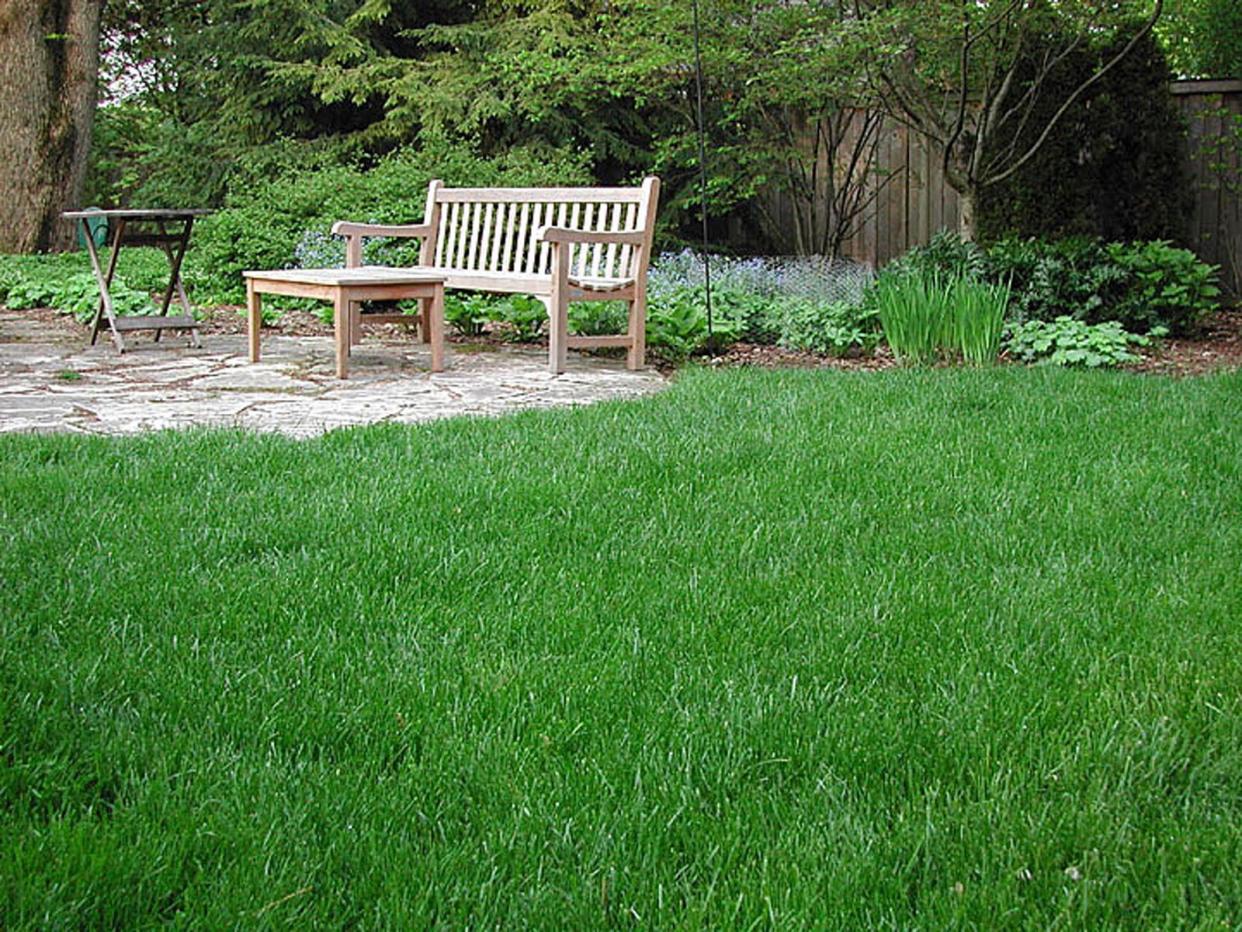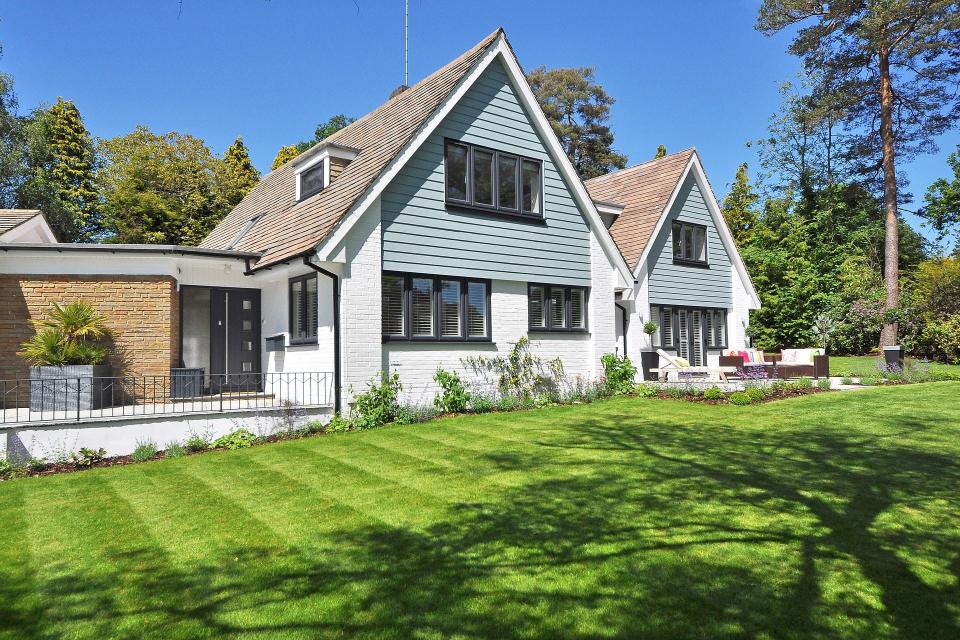Gardening: Late fall fertilization and weed control are key to spring lawn growth

With the arrival of cool fall weather, the need for certain lawn and garden maintenance tasks slows down and eventually comes to an end when the ground freezes. But the cool weather and shorter days of late fall don’t signal the end of the need for certain lawn maintenance. In fact, late fall is one of the best times of the year to improve a stand of lawn grass, when an investment of time, sweat, and some lawn-care products will yield a healthier, greener and more dense stand of turf earlier next spring.
Lawn and garden: Ask the Expert: What you need to do this fall
Fall is the time when cool-season grasses recover from summer stresses such as drought, heat and disease. It's also the time when turf grasses begin to store carbohydrate reserves in the stems and rhizomes. These carbohydrate reserves help grass plants fight winter injury and disease and, more important, serve as a source of energy for root and shoot growth the following spring.

Late fall fertilization will provide better winter color of the stand, quicker green-up in the early spring, and an increase in root growth. Late fall applications of fertilizer are more important to the health of lawn grasses than spring applications more commonly practiced by most gardeners.
Timing fall lawn fertilizer applications
The best time to make late fall applications of lawn fertilizer is typically in November or the very beginning of December when the grass stops actively growing or has slowed down to the point of not needing to be mowed. Even though the leaves and shoots of the grass plant have stopped actively growing at this point, the roots are still actively growing, allowing the plant to make maximum use of available fertilizer in the soil. It is common to apply fertilizer following the last mowing of the season and fertilizer applications should never be made once the ground is frozen.

Choosing a lawn fertilizer blend
While the best method for determining exactly how much fertilizer is needed is a soil analysis conducted by a laboratory, most cool-season grasses require 2 to 4 pounds of nitrogen per 1,000 square feet each year, and a majority of this nitrogen should be applied in two fall applications; one in September and the other in November.
Gardening: Having soil tested now can be a boost to gardens next year
A complete fertilizer with a high ratio of both nitrogen (N) and potassium (K) is essential for root growth, winter hardiness and disease resistance. An ideal fall fertilizer blend will have a nitrogen to phosphorous to potassium (N:P:K) ratio of 24-4-12. When shopping for lawn fertilizer you may find that some manufacturers have completely removed phosphorous (P) from some fertilizers due to overuse and the environmental harm caused when excess phosphorous is carried into surface waters such as streams and lakes.

Fall lawn weed control
November is also an excellent time to control many annual weeds in the lawn. Winter annual weeds such as purple deadnettle, hairy bittercress, henbit and common chickweed are in the small seedling stage right now and treating them with an herbicide at this growth stage can be an effective method for removing them from the stand in advance of green-up next spring.
Other annual weeds such as dandelion, plantain, and even clover, can also be controlled in late fall when these plants are still actively growing.
Applications of lawn herbicides are best done when the daytime temperatures are 50 degrees Fahrenheit or greater, so be sure to keep an eye on the weather forecast when planning late fall applications. Always use the ester forms of lawn herbicides in the fall as these formulations are more effective than amine forms in cooler weather.
So find that fertilizer spreader in the back of your garden shed and provide some nutrition for your lawn at the time of year when it is most needed — late fall and winter.
Mike Hogan is an associate professor at Ohio State University and an educator at the OSU Extension.
hogan.1@osu.edu
This article originally appeared on The Columbus Dispatch: Late fall lawn fertilization the most important of the year

